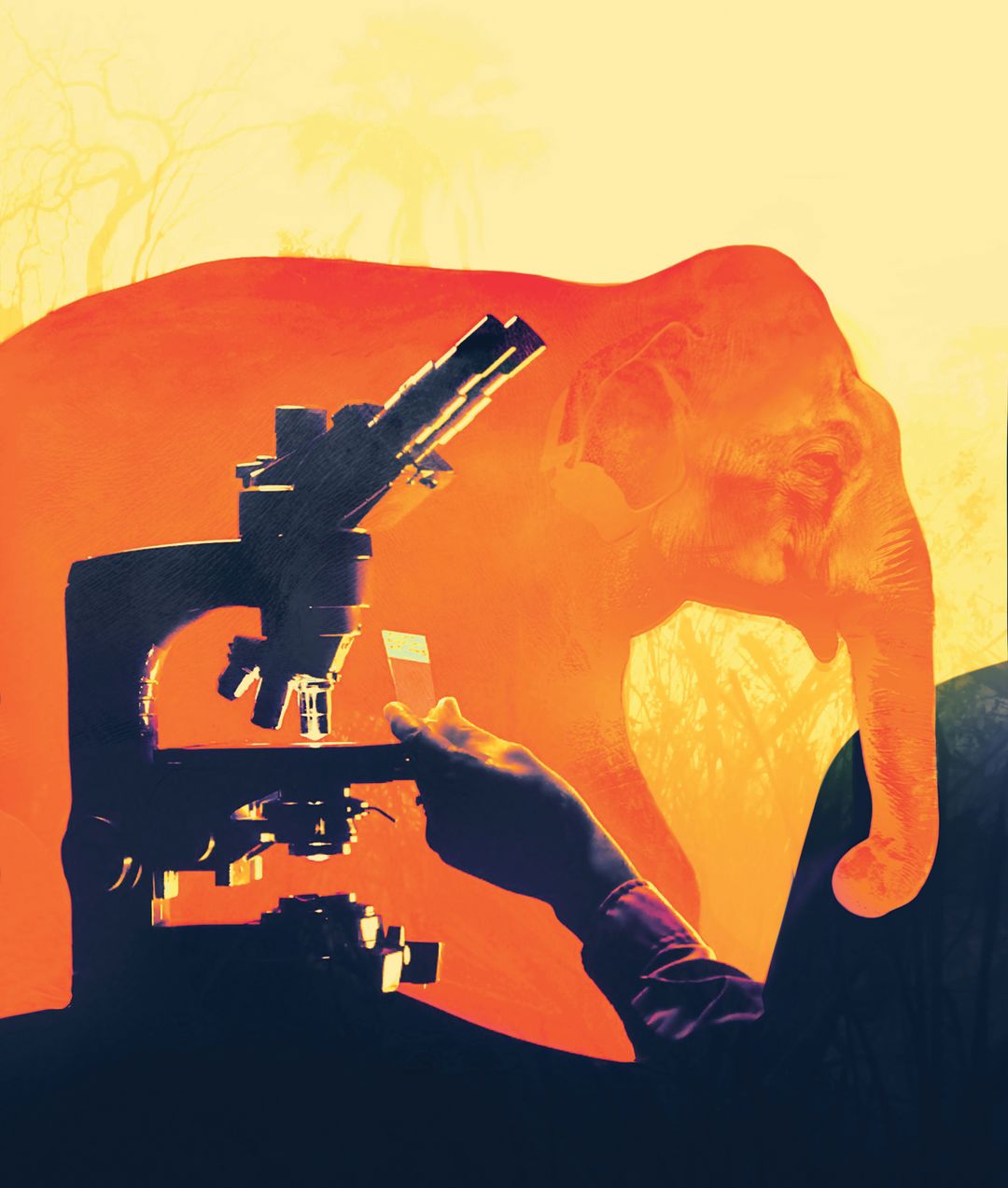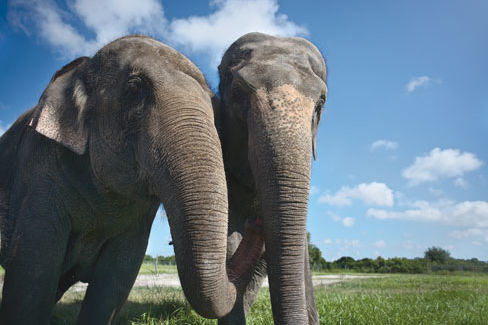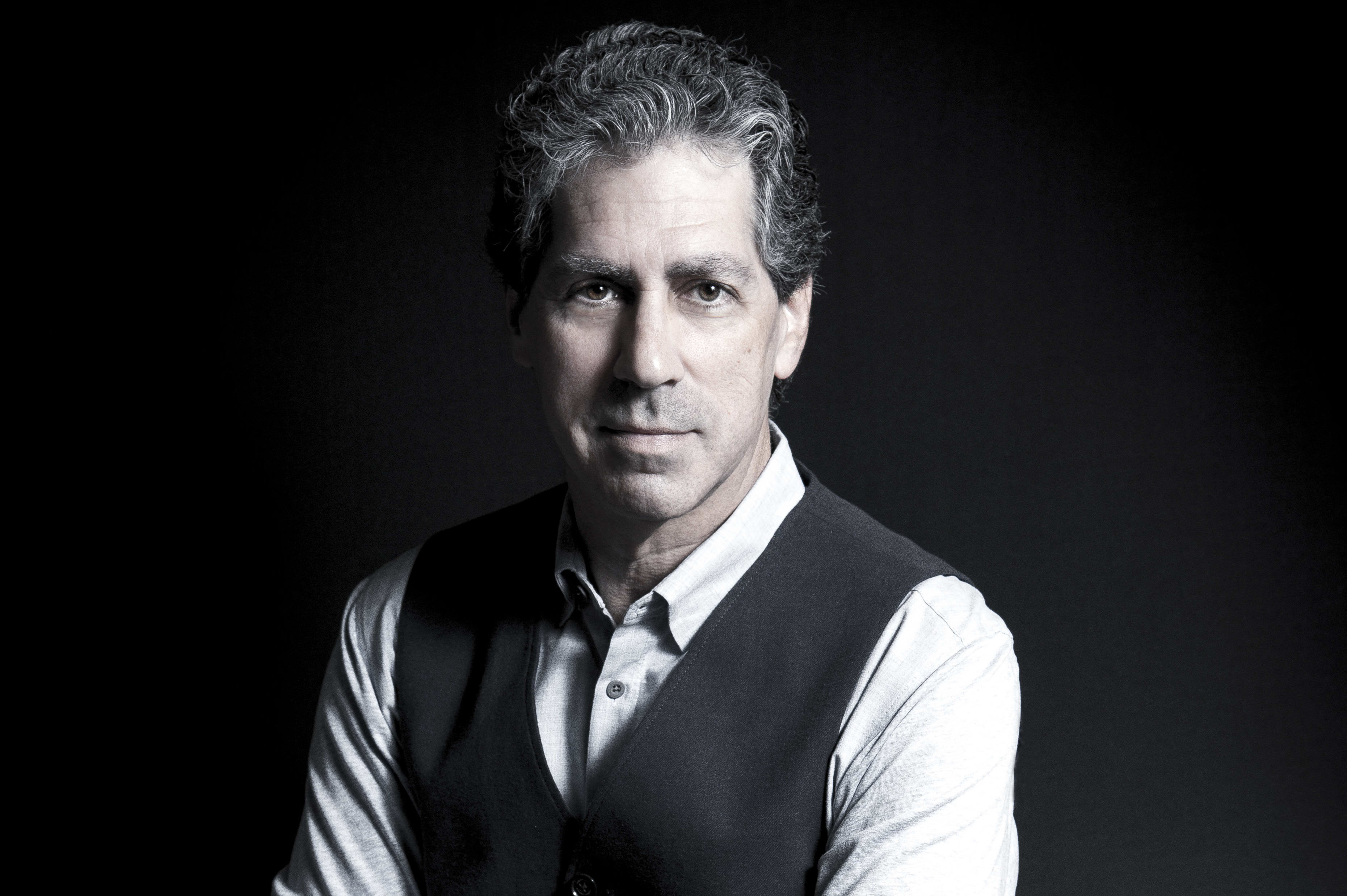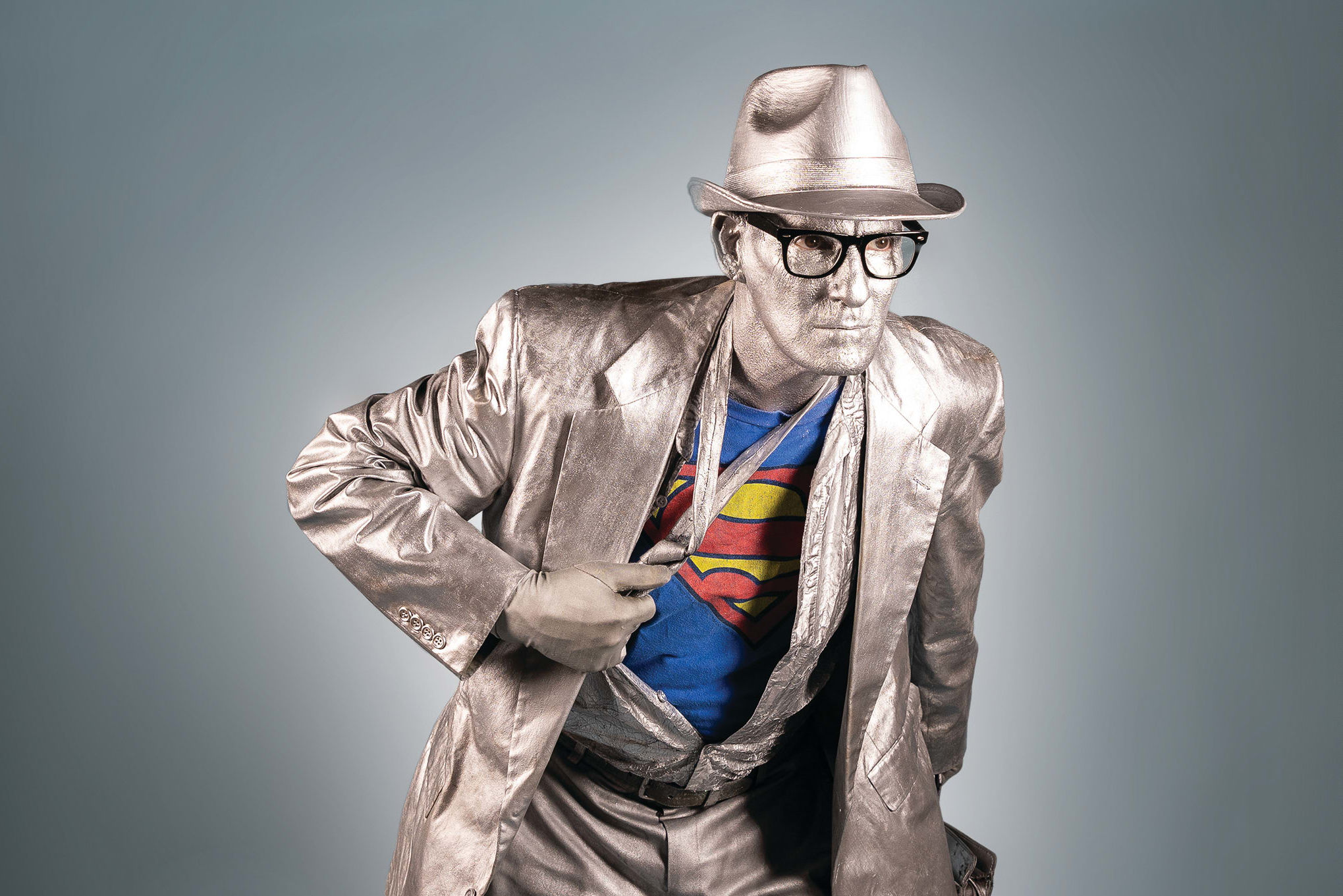Why Do So Few Elephants Get Cancer?

Image: Caitlin Burns
An hour or so north of Sarasota, a new group of retirees is settling into the Florida lifestyle. But they’re not golf-playing senior citizens. Instead, they’re some of the most famous animals in the world—the elephants of Feld Entertainment’s Ringling Bros. and Barnum & Bailey Circus. This May, after mounting public pressure, CEO Kenneth Feld retired all his elephants from the show, moving them to his Center for Elephant Conservation in Polk City. But although they will no longer be entertaining audiences in the center ring, Feld’s elephants are continuing to serve humans by yielding new information about cancer.
Surrounded by fences and a manned security gate, the center is not open to the public; but accompanied by Janice Aria, director of animal stewardship, and Dr. Wendy Kiso, director of conservation and research, I recently watched the elephants out in their spacious paddocks. In all, the center is now home to 41 Asian elephants, including both the new arrivals and older elephants who were previously retired to the center at the end of their careers. Separated into different groups based on how well they get along (elephants have distinct personalities and can develop strong affection—or dislike—for one another), they looked like serene gray masses on a green horizon. Some were lifting hay to their mouths, while others were cooling off by tossing dust over their backs.
Since the center was founded in 1995, Feld has conducted scientific work here. In 1999, Dr. Dennis Schmitt pioneered elephant artificial insemination at the center, and cryopreservation equipment installed by Feld has allowed Kiso to freeze elephant semen and establish an elephant genome bank.
Importing elephants has been virtually eliminated since the 1975 Convention on International Trade in Endangered Species Act, and the live births at the center have helped to sustain the population of Asian elephants in North America. Feld has also made major contributions towards the study of the elephant endotheliotropic herpesvirus, which can be fatal to young animals.
“We want to make [the center] into the mecca for study on the Asian elephant,” Kizo says. “As a scientist, I am excited that they are all here now. We have a lot of collaborators. Veterinarians come here, biology departments, researchers, students. Who else has 41 elephants in their back yard?”
At the 2013 Elephant & Rhino Conservation & Research Symposium in Pittsburgh, Kiso heard Dr. Joshua Schiffman, a pediatric oncologist at the University of Utah’s Huntsman Cancer Institute in Salt Lake City, give a presentation titled, “What Elephants Can Teach us about Preventing Cancer.” Elephants can weigh up to 12,000 pounds and have many more cells than humans do, so it seems they’d be likelier to develop cancer, Schiffman said. Instead, only 5 percent of elephants die from cancer, while half of all men and a third of all women develop cancer. To discover why, “I need more elephant blood samples,” Schiffman said. Kizo introduced herself, and after that, whenever the circus came through Salt Lake City, she gave him fresh samples from the elephants. Now she continues to provide samples from the herd at the center.
Schiffman works with a team at the Intermountain Primary Children’s Hospital. The team has discovered that elephants have 40 copies of a cancer-fighting gene—P53—while most humans only have two. P53 destroys DNA-damaged cells before they can divide and multiply, causing cancer. In addition, elephant cells die and are replaced more quickly than human cells, perhaps another reason why they have less cancer.
Schiffman’s findings were published in the Journal of the American Medical Association last year.
Schiffman told us he’s working with Technion-Israel Institute of Technology “to design a medicine for humans that will deliver P53 directly to humans to treat and possibly one day prevent cancer.” It’s possible the medicine could be tested in people in the next three to five years, he says.
To further support Schiffman and his research, Feld recently gave $500,000 to Primary Children’s Hospital’s pediatric cancer research program.
The center plans to conduct other studies on its retired herd. For example, Kizo has fitted them with elephant-sized Fitbits to track if they are as active as when they were on the performing units.
“The Greatest Show on Earth has reinvented itself for 145 years and we are doing it again,” says Aria. “Now we’re using circus-trained animals to benefit humanity.”
But to those who work with them, she adds, the elephants are more than skilled performers or scientific subjects. “They’re family,” she says. “We know them as individuals.”
And what do those individuals think about this new stage of their life? “They are eating, drinking, tearing up the grass, throwing dirt on themselves,” Aria says. “As far as I can see it, it is business as usual.”



